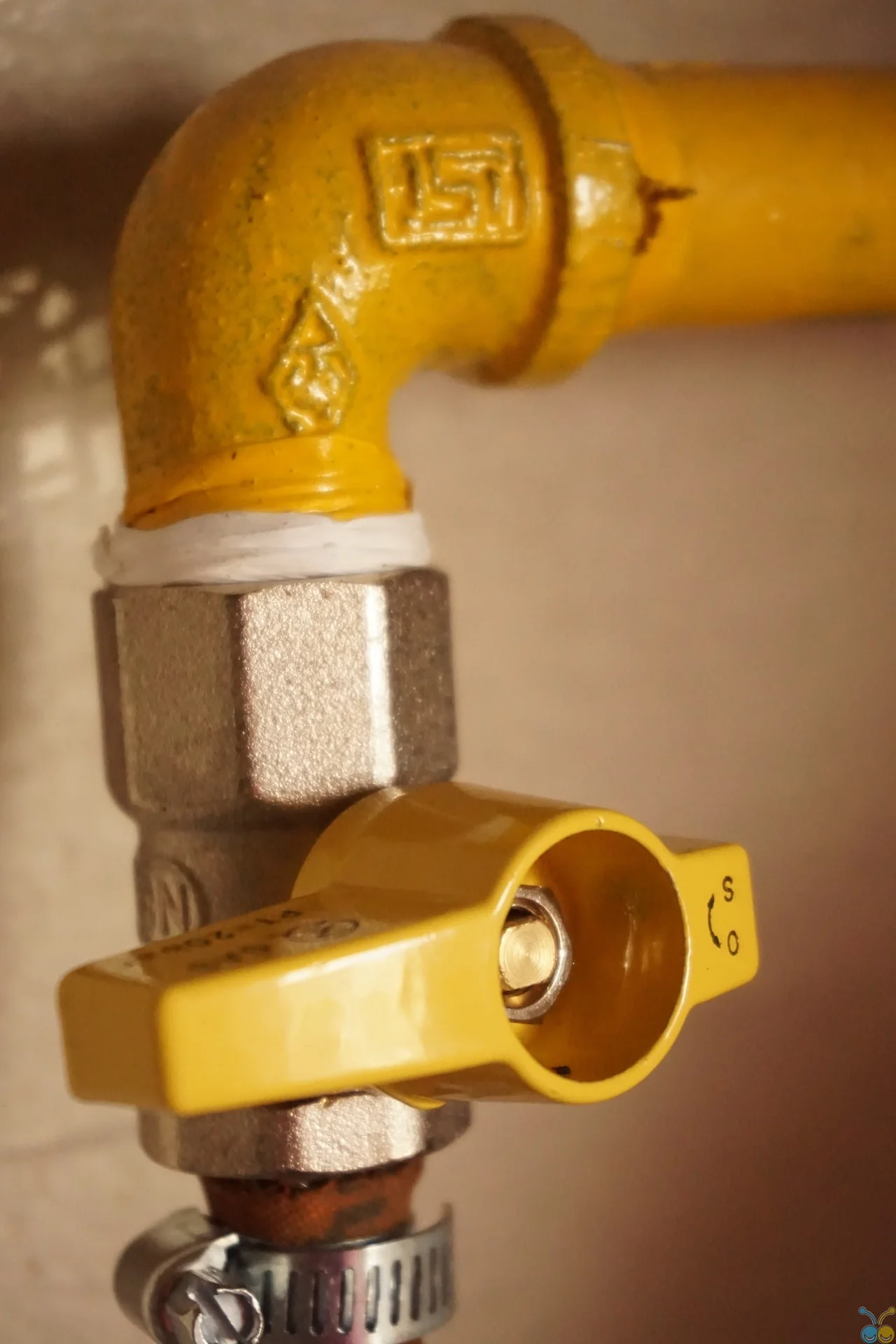Taking on the fall weather in Maryland means gearing up and expecting cooler temperatures. Keeping warm may be nice for us, but what about our environment? Warm showers, hot cocoa and spooky movies all sound fun, but could add up over the autumn months. Taking preventative measures going into the new season could save you on your next energy bill. Even better than that! By preparing your existing plumbing, you can reduce your carbon footprint. “Going Green” is as simple as making a few simple observations and adjustments. While solar panels and electric cars may be a good, eco-friendly investments, we aren’t asking you to go quite that far! So how do you prepare your home to save water and money this fall?
Start by learning terms such as “carbon footprint”
A carbon footprint is the amount of greenhouse gases—primarily carbon dioxide—released into the atmosphere by a particular human activity. It can refer to a broad measure or to an individual, family, household, event, nation, etc. It is usually measured as tons of CO2 emitted per year. Again, while planting trees and taking public transportation are great ways to reduce your footprint, there are beginner steps to take by preparing your home.
Check your existing water pipes for leaks
Household leaks waste 10,000 gallons of water per year, and one leaky toilet can waste 200 gallons of water per day. By getting a professional plumber (like those at Linthicum Plumbing & Drain Cleaning Inc. )involved early, you could save money in the long run. Checking for leaks and cracks in your piping early on will allow for measures to be taken before the cold weather sets in. Minimizing water waste is a sure way to help your home and planet. Checking correct pipe size will also reduce leaks. By ensuring everything is tight, you will be ready to take on the cold!
Insulate your existing pipes
Due to rapidly dropping temperatures, freezing pipes and water heater issues often occur during the wintertime, especially if you have copper piping. A common storage place for pipes or a water heater is in the basement, where they become more susceptible to the cold. With the water taking longer to heat up, and losing heat to homes fixtures, pipes are vulnerable once the cold weather hits. Insulating your pipes with wraps will help prevent heat loss, cutting down on water and energy usage. Keep the heat in the hot water, where it’s supposed to be.
Invest in low flow features for your plumbing fixtures
If you were thinking about a new shower head or toilet, now may be the time. Replacing an old model of any appliance may mean getting to upgrade for a modern more energy efficient one. Low-flow features reduce the flow of water at the plumbing fixture to reduce water usage. Easy to install and inexpensive, minimizing water use through the aid of fixtures is a sure way to make your home eco-friendly.
Set timers to minimize water usage
Of course our washing machines come with a timer. But what about everything else? If you have an irrigation system be sure to have it run on a timed schedule. By doing this it will water your lawn efficiently and in less time. Take this technique indoors as well and set a timer for yourself in the shower or in the tub. By being mindful of your water usage, you’ll save money and help the environment.
“Going Green” does not mean losing green. It can actually save you money and help your home stay warm and happy this season. Still need help with how to prepare your plumbing for cooler weather? Click here for additional information and assistance with all your plumbing needs.






